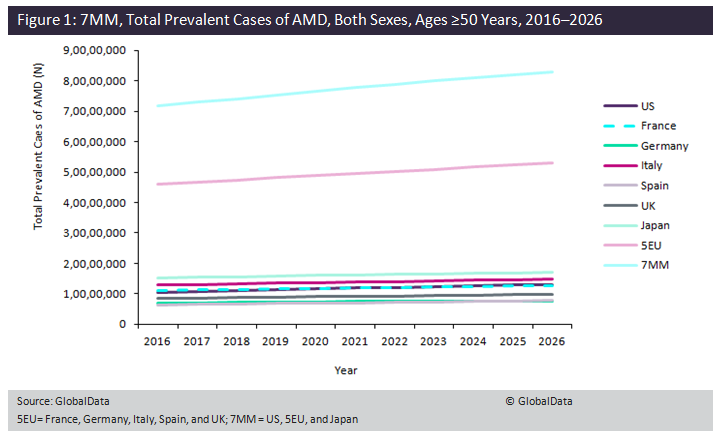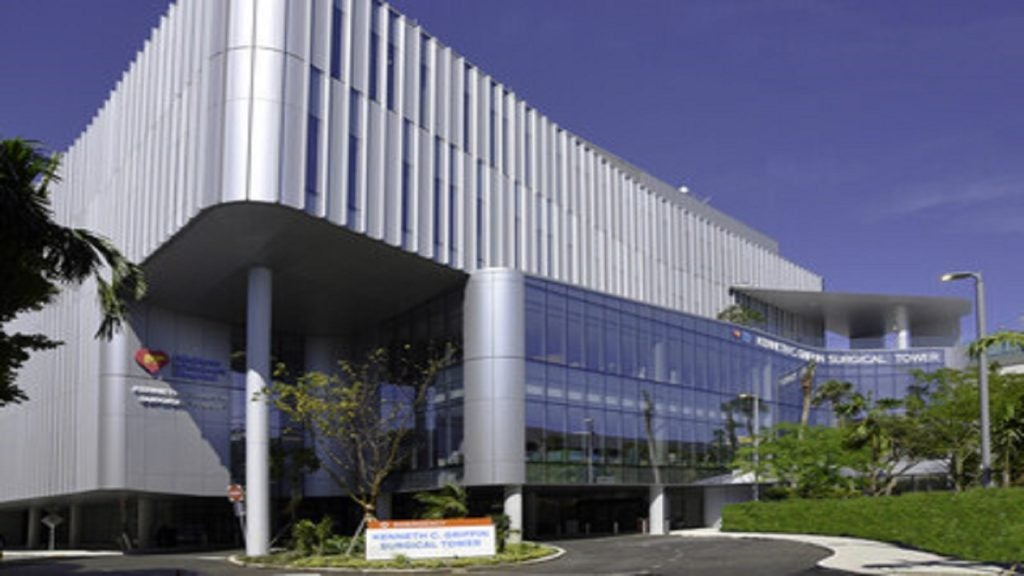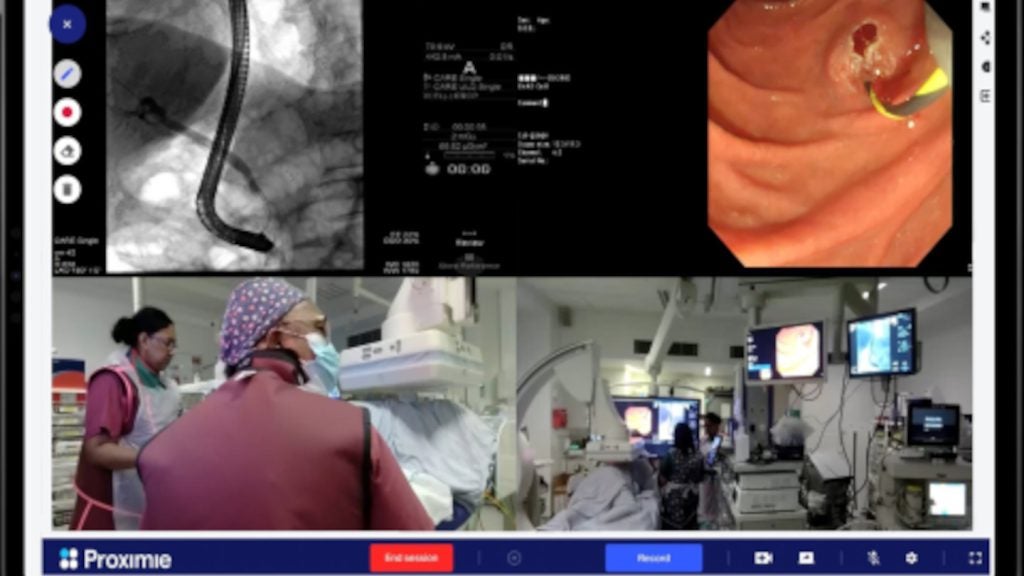Age-related macular degeneration (AMD) is a progressive eye condition that causes the patient to gradually lose their central vision, which is used to focus the eye straight ahead.
AMD is the most common cause of significant, irreversible vision loss among the elderly, and is classified into three stages: early AMD, intermediate AMD, and late AMD. AMD is detected during a dilated eye exam where the eye care professional dilates the patient’s pupils and checks for the presence of tiny yellow or white deposits at the back of the eye. According to GlobalData’s epidemiological forecast, the total prevalent cases of AMD—which is made up of individuals who have been diagnosed with the disease and are receiving treatment, as well as those who have not been diagnosed—in the seven major markets (7MM: US, France, Germany, Italy, Spain, UK and Japan) will increase from 71,787,702 cases in 2016 to 82,997,296 cases in 2026 (Figure 1).
The existing epidemiologic literature suggests that AMD is associated with several risk factors and comorbidities. Among them, advancing age is considered to be the major risk factor for AMD. Another important but preventable risk factor for AMD is cigarette smoking. As the risk for developing AMD dramatically increases with advancing age, GlobalData epidemiologists expect that the burden attributed to AMD will likely increase considerably, given the increasing ageing population worldwide. AMD is associated with substantial economic, psychological, and social burdens. Aside from causing severe vision loss, AMD also reduces the quality of life of the affected individuals by reducing their ability to perform daily activities, leading to a greater risk of falls and depression. The resulting disability involves both substantial personal costs and a massive burden on healthcare resources.
Although AMD is largely untreatable because the cause for disease is not fully understood, certain measures, such as smoking cessation, can reduce the risk of the disease. Aside from not smoking, earlier intervention may delay the progression of the condition, which, in turn, could lessen the economic and psychosocial burdens related to severe vision loss. However, in light of the expected increase in total prevalent cases of AMD due to the growing ageing population, further research to garner a better understand of the nature of AMD will be critical to tackle the burden of the disease.
Further discussions of AMD epidemiology can be found in GlobalData’s EpiCast Report: Age-Related Macular Degeneration (AMD) – Epidemiology Forecast to 2026.
The figure below highlights the expected increase in total prevalent cases of AMD for men and women, ages ≥50 years, from 2016 to 2026 in the 7MM.
How well do you really know your competitors?
Access the most comprehensive Company Profiles on the market, powered by GlobalData. Save hours of research. Gain competitive edge.

Thank you!
Your download email will arrive shortly
Not ready to buy yet? Download a free sample
We are confident about the unique quality of our Company Profiles. However, we want you to make the most beneficial decision for your business, so we offer a free sample that you can download by submitting the below form
By GlobalData
Related Reports
- GlobalData (2017). EpiCast Report: Age-Related Macular Edema – Epidemiology Forecast to 2026, November 2017, GDHCER170-17
- GlobalData (2017). EpiCast Report: Glaucoma – Epidemiology Forecast to 2026, December 2017, GDHCER177-17
- GlobalData (2016). EpiCast Report: Uveitis – Epidemiology Forecast to 2026, November 2017, GDHCER172-17








